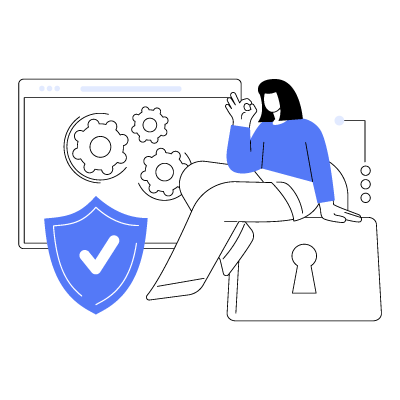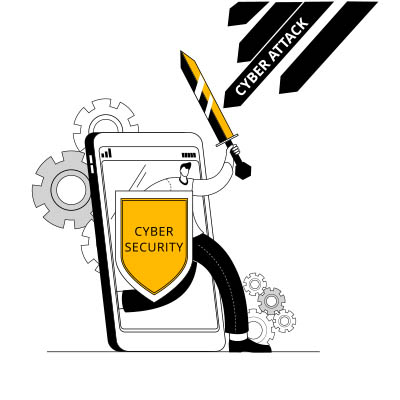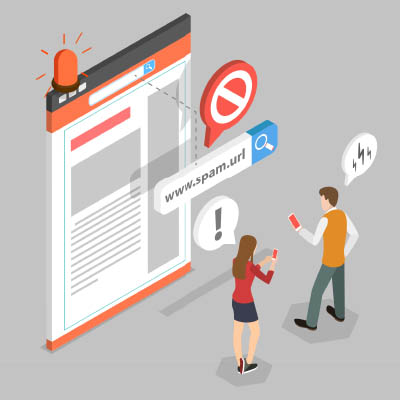When disaster strikes your business, it can cause a lot of problems; and many of them aren’t a direct result of the disaster itself. It’s for this reason it’s important to prepare your technology for a potential disaster. Here are four of the best ways to get your technology ready.
If you want your business to thrive, then you need to set goals that allow it to do so. Today, we want to explore a framework for goal setting that your business can benefit from: the SMART goal framework.
Transferring data between computers and devices is now a routine activity. Let’s review the steps to ensure your data remains intact and your memory card stays in good condition before ejecting it from a computer.
We talk a lot about phishing on this blog, and for good reason. It makes up a significant portion of today’s cyberthreats, irrespective of size or industry. Today, we want to highlight how your business can protect itself from phishing attacks and keep their impacts to a minimum. We’ll dive into some details about phishing schemes and the solutions you can implement to keep your business safe.
Secure and reliable file sharing has become essential for businesses. It makes collaboration, communication, and better productivity possible. With the increasing prevalence of cyberthreats, however, having a comprehensive plan to ensure the security of your files in transport is extremely important. Let’s explore some of the best practices for secure business file sharing.
Today, cybersecurity responsibility extends beyond the IT department; it’s now everyone’s concern. Experiencing a hack can be deeply unsettling, leaving you feeling vulnerable and uncertain about what steps to take next. This short guide aims to assist you by outlining the necessary actions to take post-hack, along with practical cybersecurity advice and measures to help you strengthen your defenses. Let’s transform this stressful situation into an opportunity to learn and fortify your cyber resilience.
The second you hear “audit,” your brain likely goes into damage control mode. However, the purposes of an audit are not necessarily malicious. In fact, they can be remarkably beneficial for a number of reasons, including network security. A good audit can help your business stay secure from threats and vulnerabilities.
With remote and hybrid work models becoming prominent parts of the business world, it’s time to start considering the challenges and benefits that such work can bring about for your own organization. Specifically, you want to examine how engagement is affected by these workplace models. How can you ensure employee satisfaction, productivity, and retention even while utilizing a remote or hybrid workplace model?
The misconception that small businesses are immune to cyberthreats is dangerous. In reality, their size and often lax security measures make them attractive targets. The cost of a cyber incident can be devastating for small and medium-sized businesses. It can lead to downtime, reputation damage, and significant financial loss.
The fact is that phishing messages are all over the place. It doesn’t matter if you are a large corporation or a small business with only a dozen employees; the threat of phishing attacks is real and should be prepared for. Thankfully, one of the easiest ways to avoid phishing messages is as easy as moving your mouse. We are, of course, talking about hovering over links.










